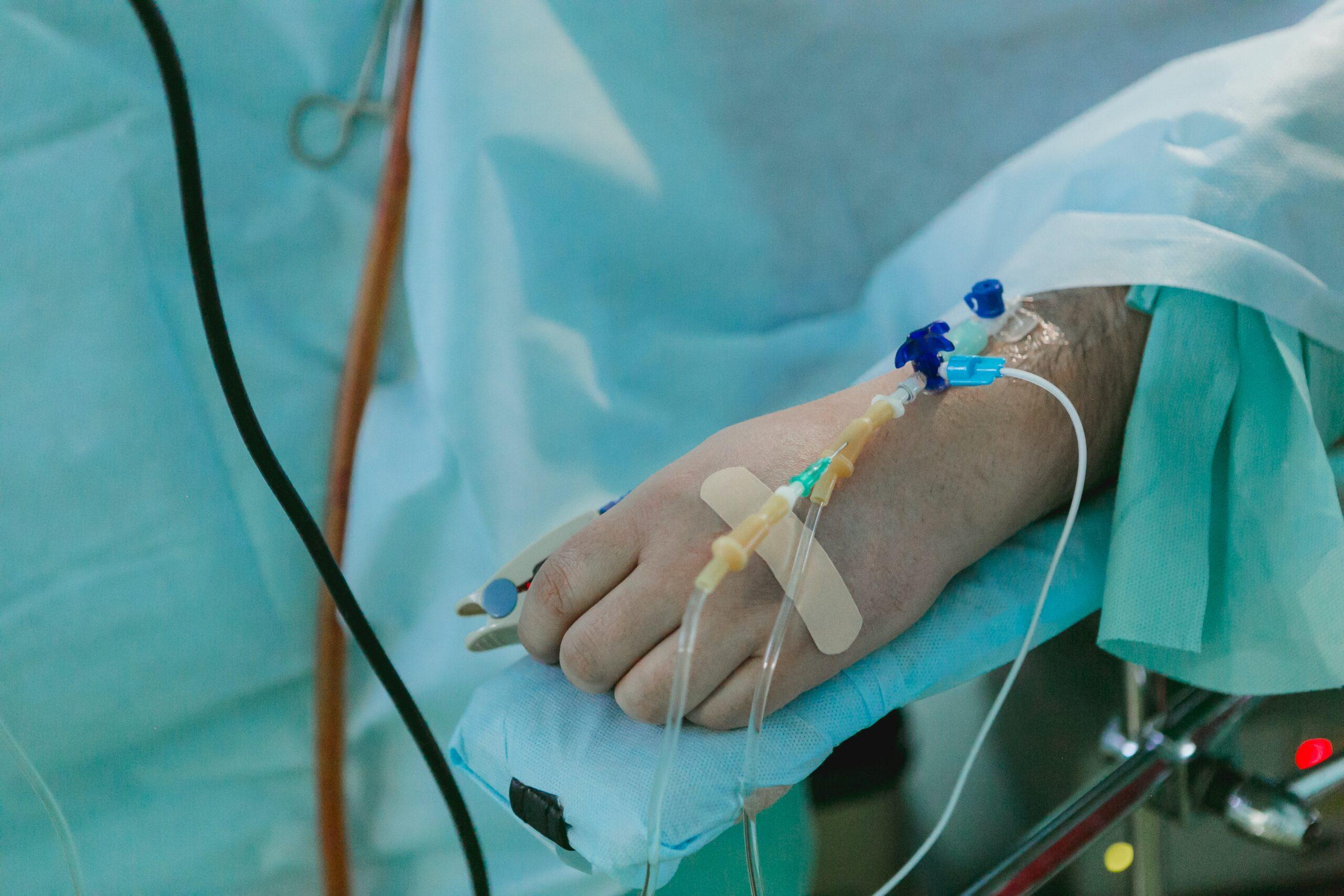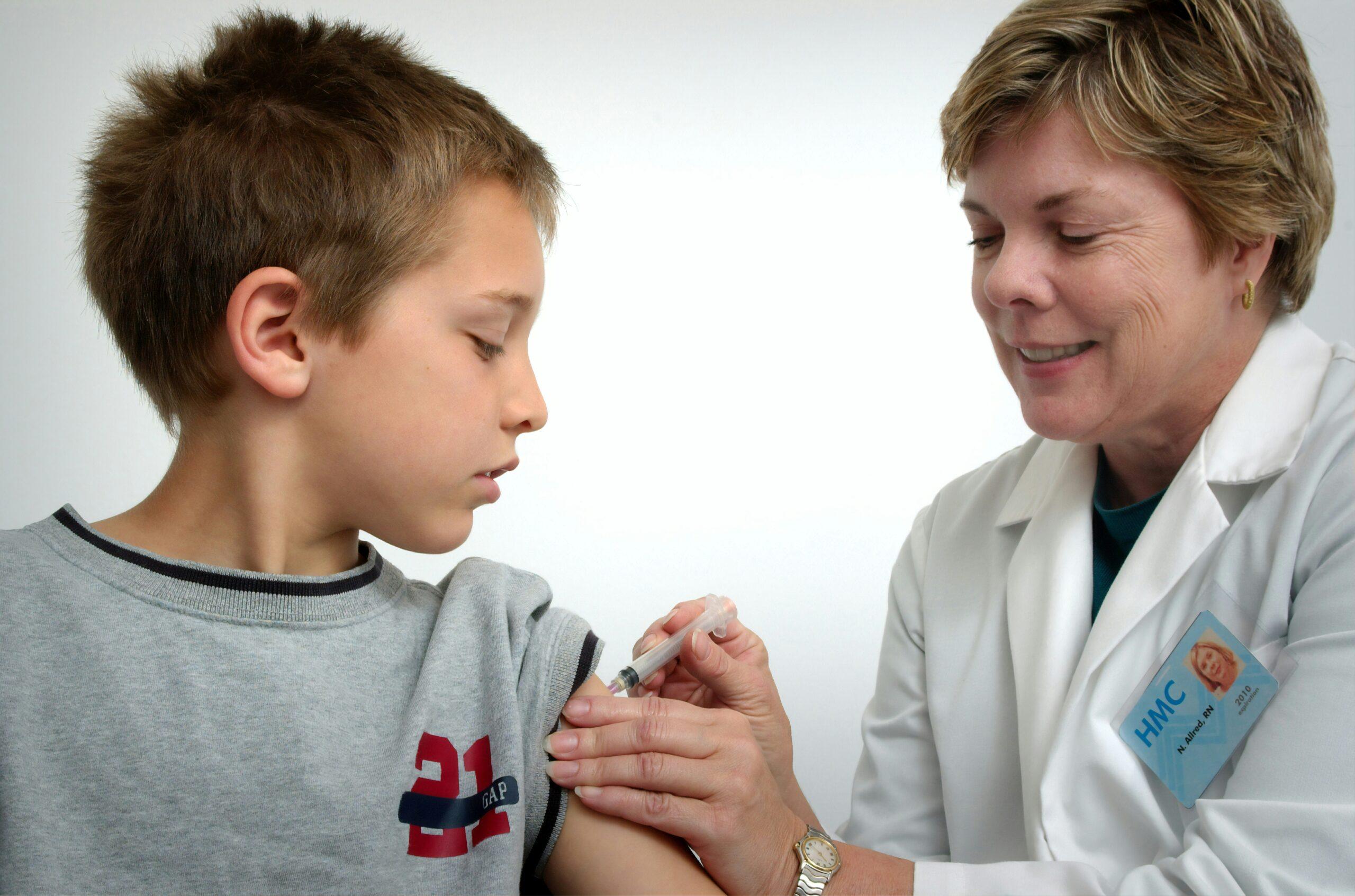“Did you say my child has a kidney stone? I didn’t think kids got stones; how did this happen?”
This is a common reaction of parents when they are told that the reason their child has been hurting is because of a stone in the child’s urinary system. The truth is that children do suffer from kidney stones, at a rate approximately 1/50th of adults, and the overall number of kids who get kidney stones is increasing. Kidney stones seem to affect boys and girls equally, and children in the Southeast are diagnosed more than in other parts of the United States. While there may be an inherited predisposition on occasion, not drinking enough water seems the primary cause of forming stones.
The signs and symptoms of kidney stones vary and may be indicative of their position in the urinary system. Less than half of the time, blood is present in the child’s urine. More often, the child has pain in the upper back or stomach underneath the rib cage. The pain occurs when something blocks the flow of urine and causes the swelling of the kidney and an irritation of the nerves.
As a kidney stone travels farther down the tubes towards the bladder, the pattern of pain usually travels in its wake. This may cause the child to feel the pain in the lower abdomen or possibly the groin area. Once the stone is at the bladder, the symptoms are more like a feeling of a frequent urge to go to the bathroom because now the stone is irritating the bladder. When a stone either passes into the bladder, or is no longer causing a blockage but hasn’t passed, the symptoms resolve almost instantly.
Stones generally pass pain-free from the bladder into a toilet bowl. If a stone is suspected, the most specific diagnostic test is a computed tomography (CT) scan. Ultrasounds and plain X-rays of the abdomen are useful in follow-up, but don’t provide the detail of the CT scan.
The first goal of treatment is to relieve the pain. This might require a trip to the hospital depending upon the severity. Because many stones pass on their own (depending on size and position in the urinary system), it is important to use a strainer each time a child goes to the bathroom. This enables collected stone particles to be sent to the lab to determine their exact composition.
The majority of stones contain calcium, but not because of too much calcium in the child’s diet. This is crucial to understand because limiting calcium in a child’s diet can be harmful. Of course, dietary habits do play a role in the formation of kidney stones. Lack of sufficient water in the diet promotes calcium crystals to attach to each other and grow into a stone. Another contributing dietary factor is too much sodium, or salt, in the food the child eats. Increased sodium in the diet elevates the calcium in the urine. Processed and prepared foods, such as meals from fast food chains, are a major source of sodium. Sports drinks also contain sodium and should be avoided as the child’s main source of fluids, unless a child is rehydrating after prolonged activity. Children should be encouraged to drink mineral and well water.
Treatment is conservative at first as long as the symptoms get resolved and follow-up X-rays show no harm to the kidney. If the stone doesn’t pass, or there are other associated problems, surgery is needed. Surgical techniques include shock wave lithotripsy (energy generated from outside the body is focused on the stone to break it apart), ureteroscopy (passing small rigid and flexible telescopes in the urinary system to retrieve the stone), percutaneous (entering the kidney through a small puncture of the skin) or in rare instances a laparoscopic or “open” surgical procedure.
Techniques utilized depend on the child’s condition. Prevention of future stones is most often accomplished by increasing water and decreasing sodium in the child’s diet, but specific urine testing is needed to assess risk factors.




